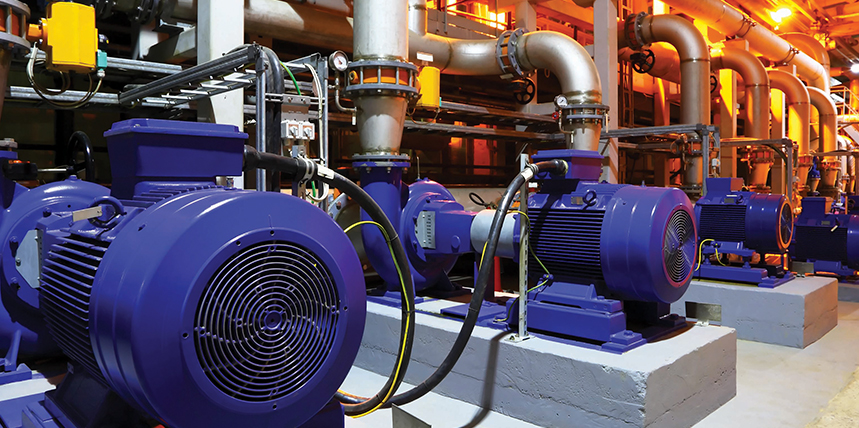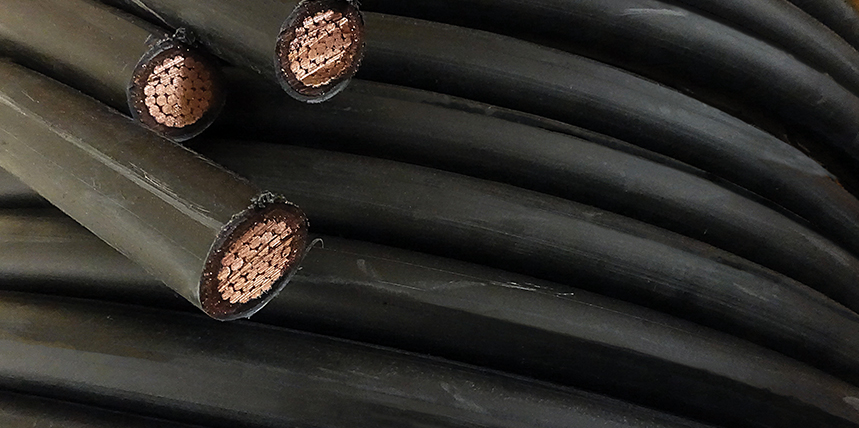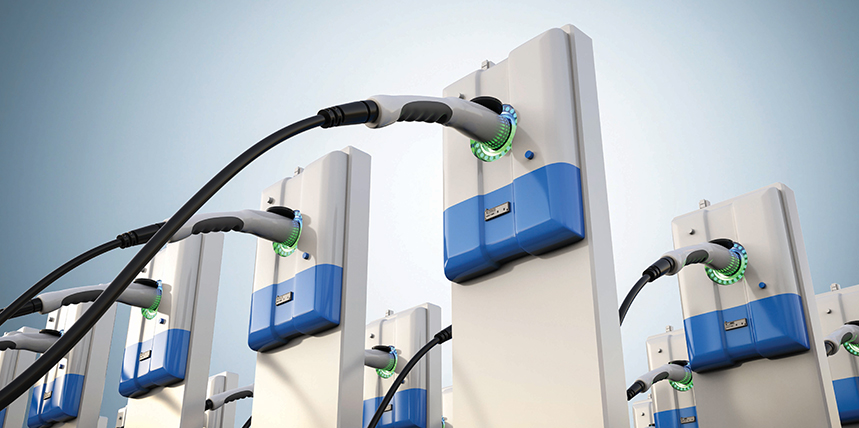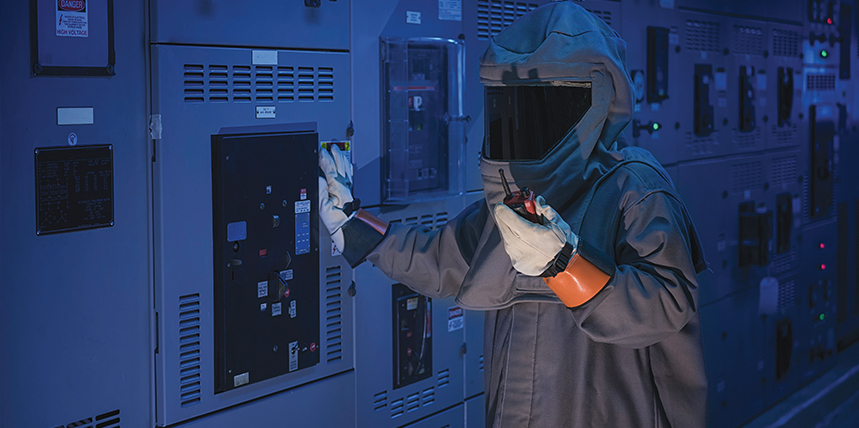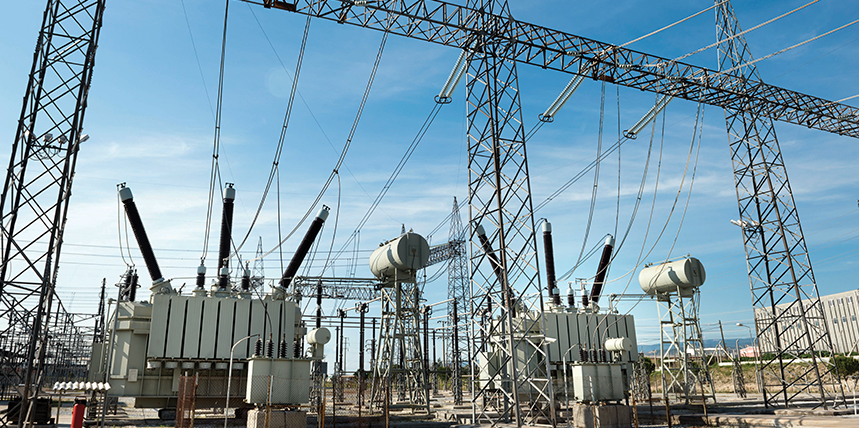The status of the insulation in a rotating machine can be evaluated using various testing techniques. Static tests are performed while the motor is disconnected from the system, typically during manufacturing, commissioning, maintenance, or repairs. The goal of a static test is to provide an accurate picture of the machine’s electrical characteristics. Static tests can often be performed from the …
Measuring Partial Discharge on Medium-Voltage Cables
Partial discharge (PD) testing is a form of diagnostic testing for power cable systems. PD testing of medium- and high-voltage cable applications is beneficial when paired with other cable tests including very-low frequency (VLF) and tan delta (TD) tests. Partial discharge testing is another way to judge a cable’s insulation vitality or ability to endure electrical stress. Utilizing PD as …
EV Chargers: Power Grid Impact and Maintenance Requirements
Electric vehicle adoption as a viable means of transportation is a mega-trend across the globe. One driver pushing this trend is the environmental benefit of reduced air pollutants and greenhouse gases. Government incentives working to increase consumer affordability of these vehicles is another factor promoting EV adoption. Additionally, rising fuel prices and reduced overall maintenance costs for EVs contribute to …
Impact of Changes to IEEE Std. 1584, IEEE Guide for Performing Arc-Flash Hazard Calculations — Part 2
In the Spring 2022 edition of NETA World, Part 1 of this article provided a brief history and evolution of electrical safety over the past 50 years. It was during this period that OSHA was formed and NFPA began developing the 70E standard. We also reviewed some of the key changes from the original 2002 edition of IEEE 1584 to …
Impact of Changes to IEEE Std. 1584, IEEE Guide for Performing Arc-Flash Hazard Calculations – Part 1
In 2018, major changes were made to the calculations and procedures for determining arc-flash incident energy levels from the original 2002 edition of the IEEE Std. 1584, IEEE Guide for Performing Arc-Flash Hazard Calculations[1]. Now, three years since its release, facility owners and arc-flash service providers still debate how, when, and where to apply the new calculation methods. While the …
NERC PRC-027-1 Overview and Implementation
As generation is connected to the grid, the available short-circuit current is evolving, increasing in areas where synchronous resources are installed and decreasing in areas where inverter-based resources, such as solar and wind power, are installed. With the U.S. Department of Energy’s recent plan to drastically increase the amount of solar connected to the grid over the coming decades, one …
Onsite PD Testing of Cast-Resin Transformers in Wind Farms
Installed wind power capacity in the United States has been growing at an incredible pace during the last two decades. In the middle of 2020, the total American wind power capacity was nearly 110,000 MW with over 60,000 turbines installed (Figure 1). It is known that power equipment used to connect renewables faces very specific and increased stress when sources of …
The ‘Why’ of Medium-Voltage Circuit Breaker Testing
I think it’s fair to assume that if you’re a NETA Technician taking time out of your day to read this article, you have most likely performed more than your share of medium-voltage circuit breaker testing. With that in mind, the goal is not to focus on how to test, but rather to dive a bit deeper and discuss what …
Working with Circuit Breakers Safely
Circuit breakers come in several types of operating styles differentiated by what they use to safely extinguish an arc in a circuit, including air, air-magnetic, vacuum, and SF6. While most older circuit breakers were manufactured in the United States, mostly by companies such as Westinghouse Electric, General Electric, and Federal Pacific, today many circuit breakers are imported. Older companies merged …
Challenges in Transformer Protection Testing
While the basic premise of transformer differential protection is straightforward, numerous features are employed in modern relay algorithms to compensate for challenges presented by the transformer differential application. As a result, developing appropriate test quantities and properly quantifying results can be challenging with traditional functional differential testing. Challenges in Traditional Functional Testing A traditional functional test assures that all measurements …
